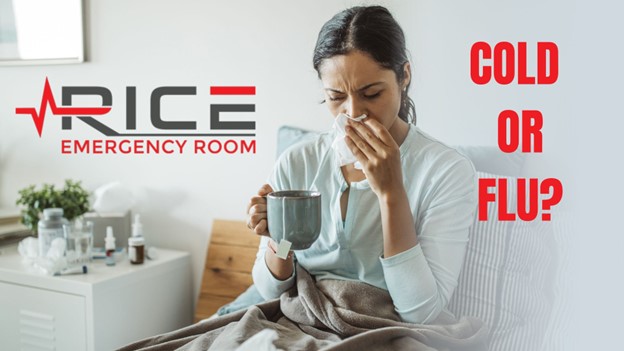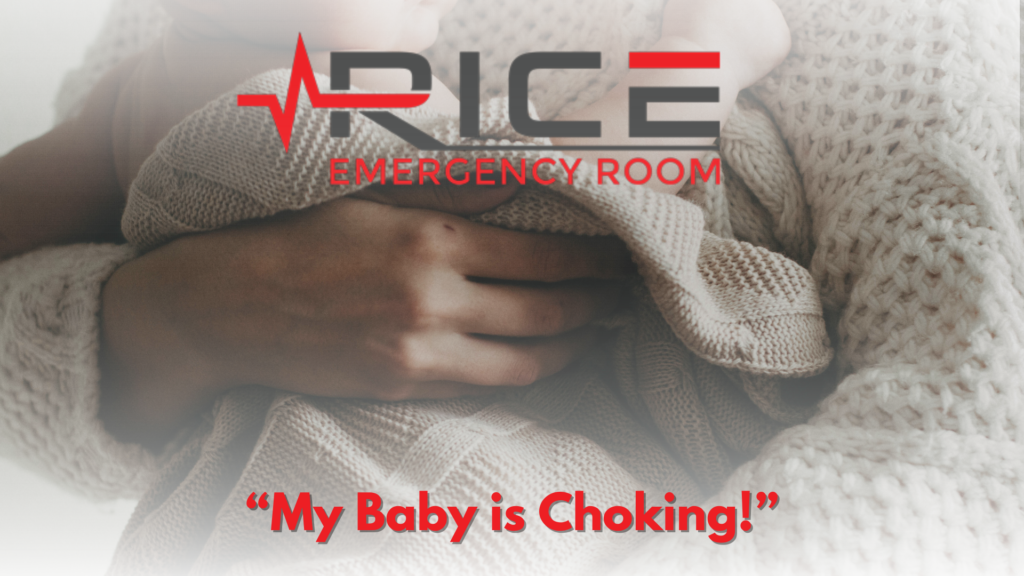
How to Know if You Have a Cold or the Flu
Colds and the flu are both respiratory illnesses, but they are caused by different viruses. It is important to distinguish between the two to treat and manage the condition properly. Let us examine the distinctions between colds and the flu, including the symptoms and signs of each. By understanding the differences between these common respiratory illnesses, you can take the appropriate steps to care for yourself or a loved one and promote a swift recovery.
Cold vs. Flu Symptoms
Influenza, commonly known as the flu and the common cold, are both contagious respiratory illnesses that can affect individuals of all ages. It can sometimes be challenging to distinguish between the two based on symptoms, as they often have similar presentations. While the flu is caused only by influenza viruses, the common cold can be caused by various viruses.
It is essential to note that the flu tends to be more severe than the common cold, with symptoms often appearing more suddenly and intensely. In contrast, colds tend to be milder and may include a runny or stuffy nose. (Centers for Disease Control and Prevention)
Symptoms of Flu in Children
Suppose your child is experiencing a sore throat, cough, and high fever; it can be challenging to differentiate between respiratory illnesses. These viruses have similar symptoms and can be transmitted easily from person to person. However, it is vital to seek proper medical evaluation to receive an accurate diagnosis and appropriate treatment. The symptoms of flu in children can include:
- Fever
- Cough
- Sore throat
- Runny or stuffy nose
- Body aches
- Headache
- Chills
- Fatigue
- Vomiting and diarrhea (more common in children than adults)
It is important to note that children with the flu may not have a fever. If your child is experiencing flu symptoms, it is essential to consult a healthcare provider for proper diagnosis and treatment. (Ravin)
When to Go to the ER With Flu
Most people with the flu (influenza) do not need to see a doctor and can expect to recover within a week with some rest and self-care measures at home. However, some people are at greater risk of severe complications from the flu and should see a doctor if they suspect they have the illness. Typical flu symptoms include a fever above 100 F (38 C), cough, sore throat, runny or stuffy nose, headache, muscle aches, chills, fatigue, nausea, vomiting, or diarrhea.
These individuals include those who are younger than 12 months old, 65 years or older, pregnant or have given birth in the past two weeks, receiving long-term aspirin therapy, have certain chronic medical conditions, have a weakened immune system, have a body mass index of 40 or greater, live in a long-term care facility, or are already in the hospital. The flu can lead to severe complications such as pneumonia, bronchitis, sinus infections, and, rarely, hospitalization or death. It can also worsen pre-existing conditions such as asthma and congestive heart failure.
It is vital for individuals in these high-risk groups to be proactive in taking preventative measures against the flu. This includes getting vaccinated yearly, practicing good hygiene habits, and seeking medical attention if they experience severe symptoms. It is also crucial for parents to monitor their children’s health, especially if they are in the high-risk category, and to seek medical attention if necessary. By taking these steps, we can help protect ourselves and our loved ones from the severe complications associated with the flu. (Mayo Clinic)
Prevention of Flu
The flu vaccine is the most effective way to prevent the flu. Everyone six months and older is recommended to get a flu vaccine every year unless they have had a severe allergic reaction. Good hygiene practices, such as washing your hands frequently and avoiding touching your eyes, nose, or mouth with unwashed hands, can also help reduce the risk of getting the common cold or spreading viruses to others. A mask can decrease the transmission of the common cold and the flu. During the pandemic, masking and other precautions have contributed to a significant decrease in flu cases. If you have a cold or flu symptoms, it is recommended to wear a mask when around other people. (Connor et al.)
In conclusion, it is essential to take preventive measures to avoid getting sick with the flu or the common cold. Getting a flu vaccine every year is the most effective way to prevent the flu. Practicing good hygiene and wearing a mask can help reduce the risk of contracting and spreading the common cold. It is essential to seek medical attention if you are at high risk of developing serious complications from the flu or experiencing severe symptoms.
Works Cited
Centers for Disease Control and Prevention. “Cold versus Flu.” Centers for Disease Control and Prevention, Centers for Disease Control and Prevention, 29 Sept. 2022,
www.cdc.gov/flu/symptoms/coldflu.htm.
“Is It a Cold, the Flu, or Covid-19? (for Parents) – Nemours Kidshealth.” Edited by Karen A. Ravin, KidsHealth, The Nemours Foundation, Nov. 2022,
kidshealth.org/en/parents/flu-vs-cold.html.
Mayo Clinic. “Flu Symptoms: Should I See My Doctor?” Mayo Clinic, Mayo Foundation for Medical Education and Research, 14 Sept. 2021,
www.mayoclinic.org/diseases-conditions/flu/expert-answers/flu-symptoms/faq-20057983.



